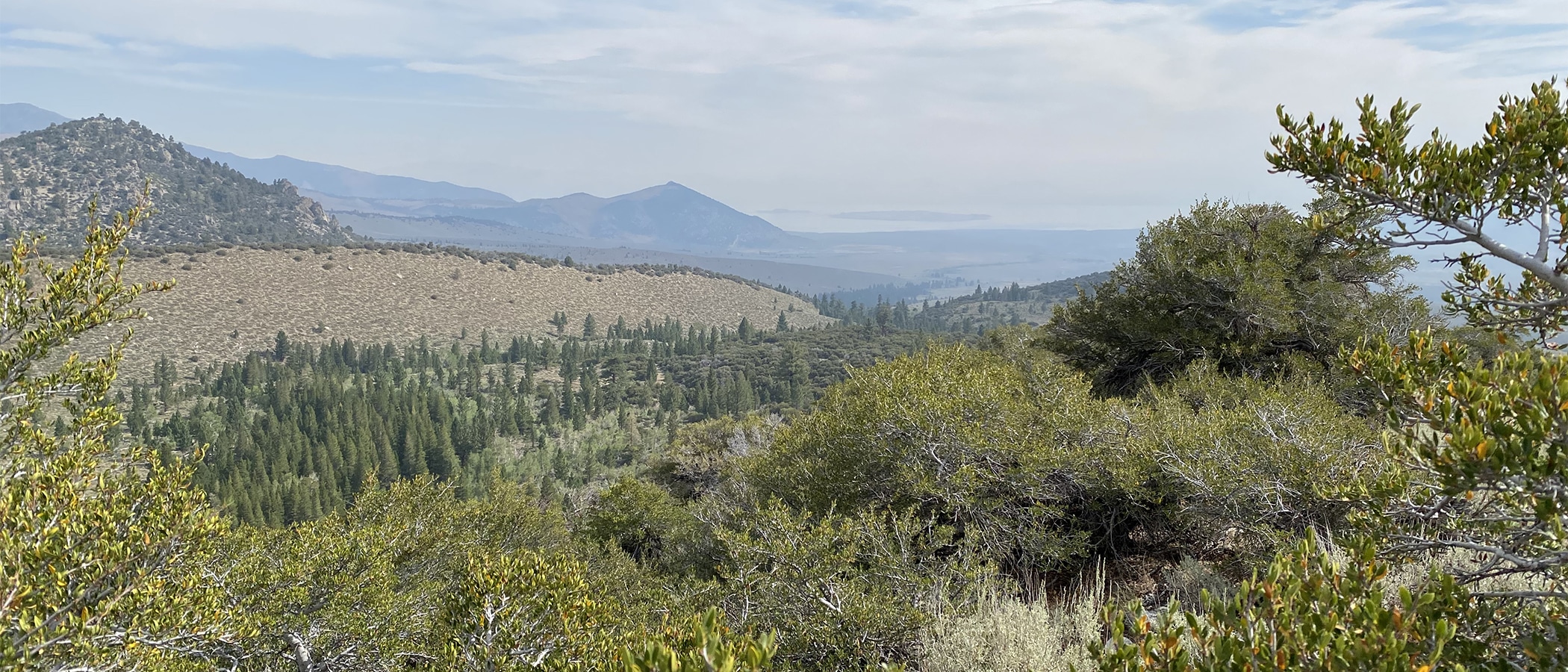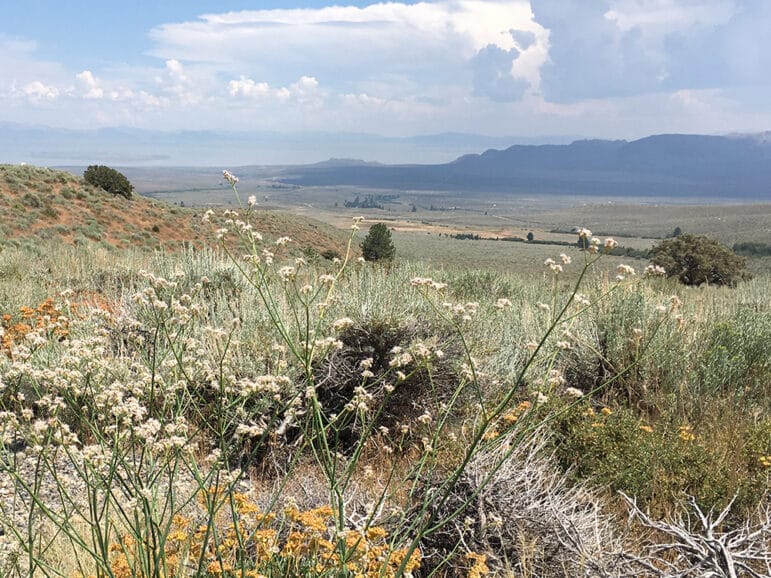
The Mono Lake Kootzaduka’a Tribe is currently working on a number of projects aimed at reviving the uses of Traditional Ecological Knowledge (TEK) of the Indigenous peoples of the Mono Basin. These efforts confront the dispossession of Indigenous peoples from their land and the loss of cultural practices. The Mono Lake Committee is supporting efforts to further the growth of TEK in sustaining the Mono Basin now and in the future.
One of these efforts is the Tribe’s plan to conduct a traditional, prescribed burn in the Parker Meadows area on Los Angeles Department of Water & Power (DWP) land adjacent to Parker Creek, one of Mono Lake’s tributary streams. Pre-colonization, many Indigenous tribes, including the Kootzaduka’a Tribe, used occasional managed fire to prevent catastrophic wildfire, according to a document prepared by Dean Tonenna, a Kootzaduka’a elder. These prescribed burns reduce fuel loading, which means that when natural forest fires do start, they burn less intensely and spread out of control less easily.
The Tribe has teamed with Cal Fire and DWP and is currently conducting an environmental review and planning for a burn to take place in winter. The Committee has discussed the project with the Tribe as well, and looks forward to assisting with this revitalization of TEK resource management.
The traditional burn will also help plants and wildlife thrive. Janice Mendez, a member of the Bridgeport Indian Colony with familial ties to the Kootzaduka’a Tribe, explained that, “A traditional burn is important because not only does it suppress fires, but it helps the regrowth of the vegetation.” As Tonenna described, “We’re taking marginal habitat and we’re going to turn it into great habitat in the long run.”
Tribe members explain the benefits extend to culture as well. Fire removes accumulated dead material and revitalizes the plant community. For example, fire helps stimulate the growth of long, unbranched willow shoots, which are essential for basket making, and helps the growth of plants with cultural significance. Mendez described, “This is important because we have our herbs—some of our Indian herbs—and we are really happy with what we find [after natural fire occurs]. This is elemental to the survival of us as a people, for healing, for materials that we use, for the vegetation that grows.”

This post was also published as an article in the Winter & Spring 2022 Mono Lake Newsletter. Top photo by Elin Ljung.
